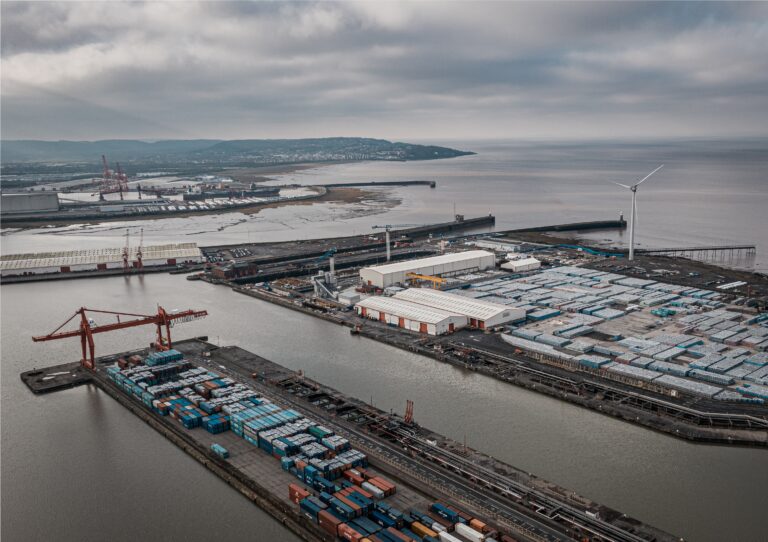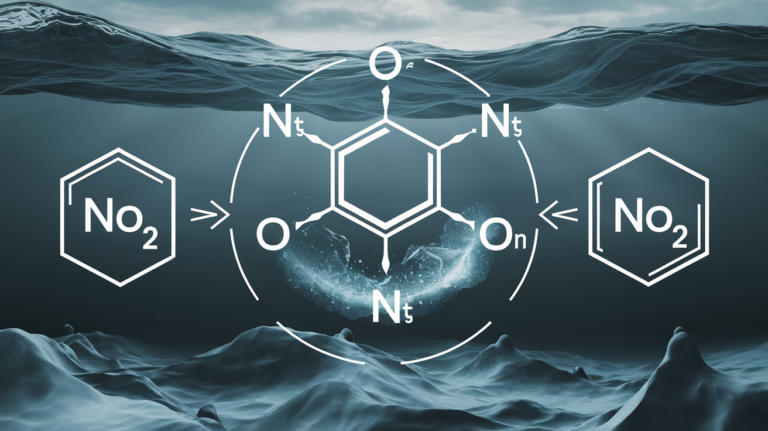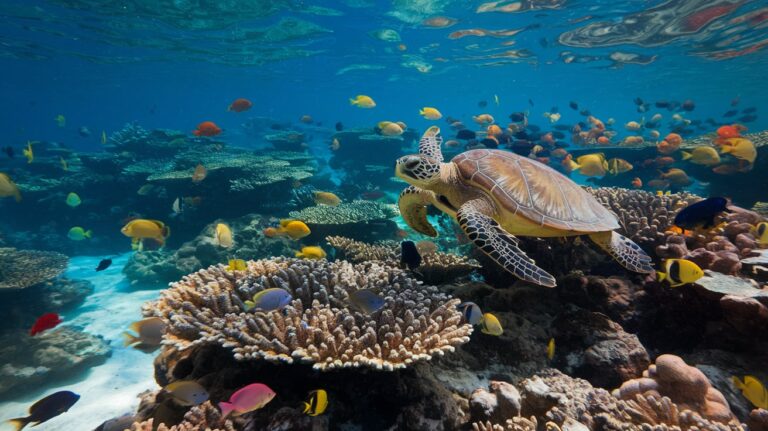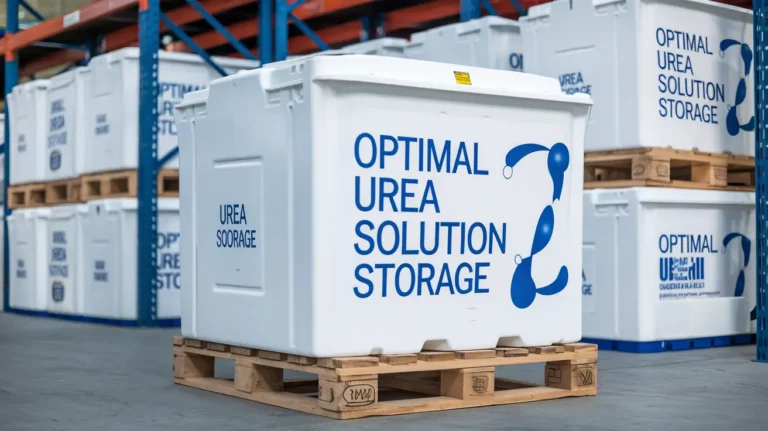Demystifying the Freeze Risk of 40% Marine Urea Solution in Icy Waters
The vast expanse of icy waters poses unique challenges for maritime operations, and among them is the potential freezing of crucial components like the 40% Marine Urea Solution. As vessels venture into regions with sub-zero temperatures, a pertinent question arises: Will the 40% Marine Urea Solution freeze if the vessel always sails in freezing temperatures?
This article embarks on a journey through the science, engineering, and strategic placement of Marine Urea storage tanks to unravel the freeze risk and reassure vessel operators navigating the frosty seas.
Understanding the Freeze Point Dilemma
Marine Urea Solution, a cornerstone in the battle against Nitrogen Oxides (NOx) emissions, has a freezing point around 0 degrees Celsius (°C). While this might be a cause for concern in regions where temperatures plunge below freezing, vessel designers have employed ingenious solutions to mitigate the freeze risk.
Engine Room Proximity: A Thermal Shield
Vessel designers have foreseen the challenge of freezing temperatures and strategically placed the Marine Urea storage tank close to the hot engine room. This placement serves as a thermal shield, leveraging the heat generated by the engine to keep the Marine Urea Solution within a temperature range that prevents freezing.
The symbiotic relationship between the engine’s heat and the Marine Urea storage tank exemplifies the synergy between engineering innovation and environmental necessity.
Alternatives: Proximity to the Hull
In scenarios where the engine room proximity isn’t feasible, another strategic option comes into play – placing the Marine Urea storage tank close to the hull. The ocean itself, despite the chilly waters, rarely reaches temperatures below 0°C. This proximity to the hull taps into the relatively milder temperatures of the surrounding seawater, creating a buffer against freezing.
The Seldom-Frozen Ocean: A Natural Guardian
One of the inherent advantages of maritime operations is the temperature stability of the ocean itself. While atmospheric conditions may lead to sub-zero temperatures, the ocean, with its vast thermal inertia, rarely falls below 0°C. This natural insulation serves as an unsung hero in preventing the Marine Urea Solution from freezing, even in the coldest waters.
Integrating Design Considerations
For vessel designers and operators, addressing the freeze risk goes beyond mere placement. It involves a comprehensive understanding of the vessel’s operational profile, the regions it traverses, and the anticipated environmental conditions. Integrating design considerations that align with the unique challenges of freezing temperatures ensures that the efficacy of the Marine Urea Solution remains unhampered.
Shelf Life and Storage Temperature: A Holistic Approach
While addressing the freeze risk is crucial, vessel designers must also consider the holistic picture of maintaining the Marine Urea Solution’s efficacy. Linking the freeze risk mitigation with the shelf life and storage temperature considerations forms a comprehensive strategy for ensuring the longevity and effectiveness of this emission control solution.
Collaboration and Communication
In the dynamic landscape of maritime design and operation, collaboration and communication play pivotal roles. Vessel designers, operators, and manufacturers must engage in an ongoing dialogue to refine freeze risk mitigation strategies, adapt to evolving technologies, and stay abreast of industry best practices.
Navigating the Icy Challenges
As vessels brave the icy waters in pursuit of their maritime missions, the freeze risk of the 40% Marine Urea Solution becomes a navigational concern. However, with thoughtful engineering, strategic placement, and a keen understanding of the ocean’s thermal dynamics, this challenge transforms into an opportunity for innovation.
The seas may be cold, but the collaboration between technology and nature can keep the Marine Urea Solution flowing, ensuring that the battle against NOx emissions remains unhindered, even in the frostiest of maritime environments.






